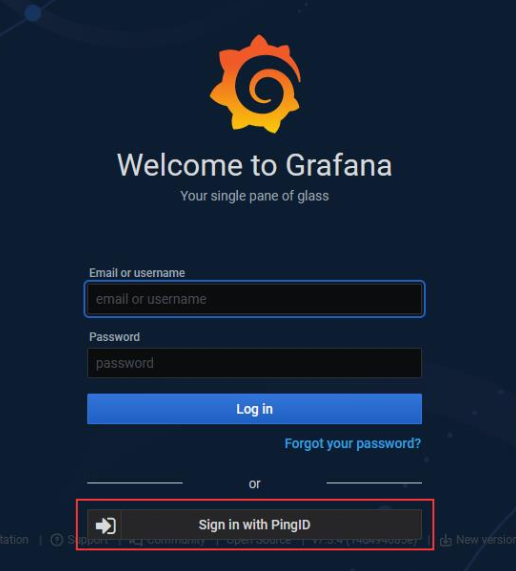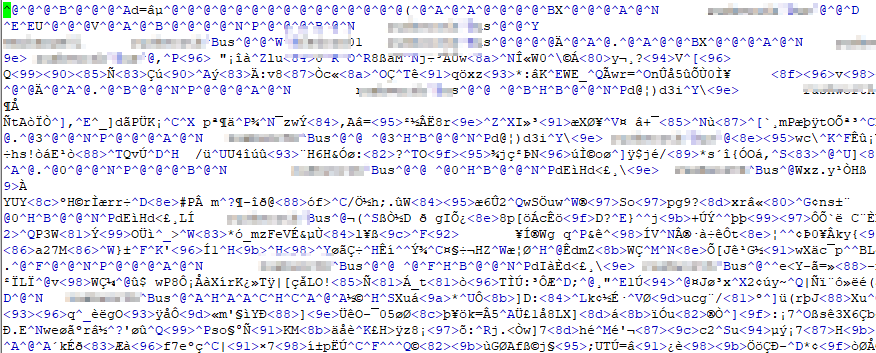While there are plenty of third-party utilities for looking at the java heap space, I just use jstat (in OpenJDK, this means installing java-<Version>-openjdk-devel
JStat will display the following columns:
-------------------------------------------------------------------------------- S0C: Survivor space 0 size in K S1C: Survivor space 1 size in K S0U: Survivor space 0 usage in K S1U: Survivor space 1 usage in K -------------------------------------------------------------------------------- EC: Eden space size in K EU: Eden space usage in K -------------------------------------------------------------------------------- OC: Old space size in K OU: Old space usage in K -------------------------------------------------------------------------------- MC: Meta space size in K MU: Meta space usage in K -------------------------------------------------------------------------------- CCSC: CodeCache size in K CCSU: CodeCache usage in K -------------------------------------------------------------------------------- YGC: Young generation garbage collection count YGCT: Young generation garbage collection total time in seconds FGC: Full garbage collection count FGCT: Full garbage collection total time in seconds CGC: Concurrent garbage collection count CGCT: Concurrent garbage collection time in seconds GCT: Total garbage collection time in seconds --------------------------------------------------------------------------------
https://stackoverflow.com/questions/13660871/jvm-garbage-collection-in-young-generation/13661014#13661014 does a good job of explaining the nomenclature & how stuff gets moved around in the heap space
Sample output — this command is for java PID 19356 and will list 100 lines 2 seconds apart (2000 ms)
server01:bin # jstat -gc 19356 2000 100 S0C S1C S0U S1U EC EU OC OU MC MU CCSC CCSU YGC YGCT FGC FGCT GCT 68096.0 68096.0 0.0 64207.5 545344.0 319007.2 30775744.0 19221750.2 137452.0 124322.4 18860.0 15380.6 324697 14589.985 228 45.830 14635.815 68096.0 68096.0 0.0 64207.5 545344.0 386674.5 30775744.0 19221750.2 137452.0 124322.4 18860.0 15380.6 324697 14589.985 228 45.830 14635.815 68096.0 68096.0 0.0 64207.5 545344.0 457055.4 30775744.0 19221750.2 137452.0 124322.4 18860.0 15380.6 324697 14589.985 228 45.830 14635.815 68096.0 68096.0 0.0 64207.5 545344.0 485538.8 30775744.0 19221750.2 137452.0 124322.4 18860.0 15380.6 324697 14589.985 228 45.830 14635.815 68096.0 68096.0 0.0 64207.5 545344.0 505893.4 30775744.0 19221750.2 137452.0 124322.4 18860.0 15380.6 324697 14589.985 228 45.830 14635.815
And this is a time where a third-party tool would be helpful but I never really ‘get’ what is and what is not OK to install on servers, so try not to install things — because the *useful* bit of information for any of this is really the usage / size percent utilization value.
That last grouping of stuff — I look at those v/s how long the pid has been running. If you’ve gotten a billion GC’s and the PID has only been running for eight seconds, that is a crazy amount of I/O. If I’ve only had 3 GCs and the pid has been running for seven years, it hasn’t been doing anything. In between? I don’t really find the numbers useful unless I’ve got a baseline from normal operation.

